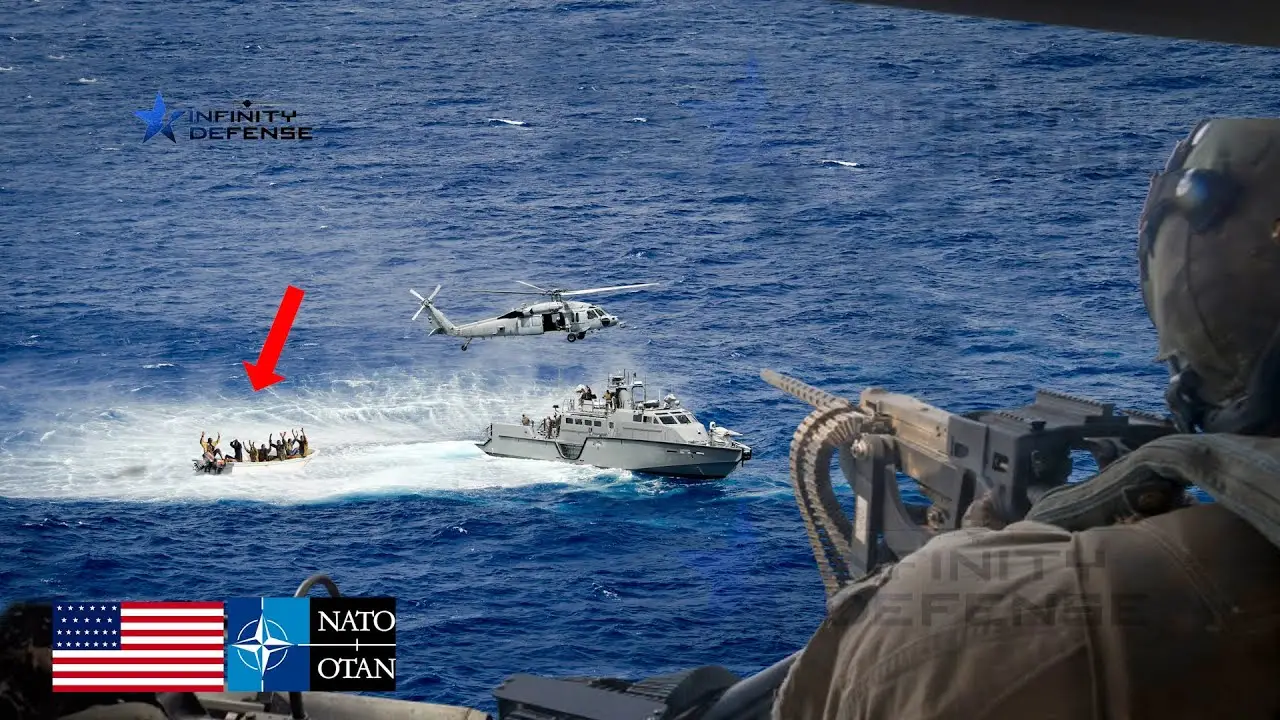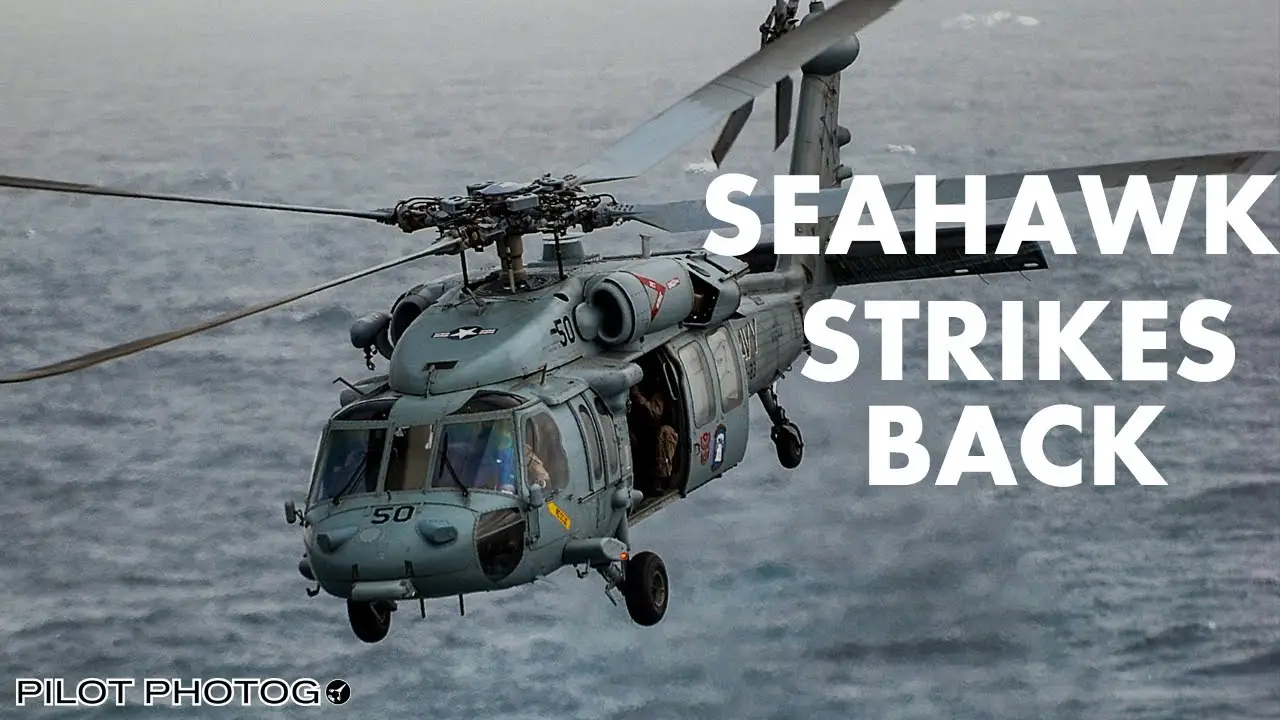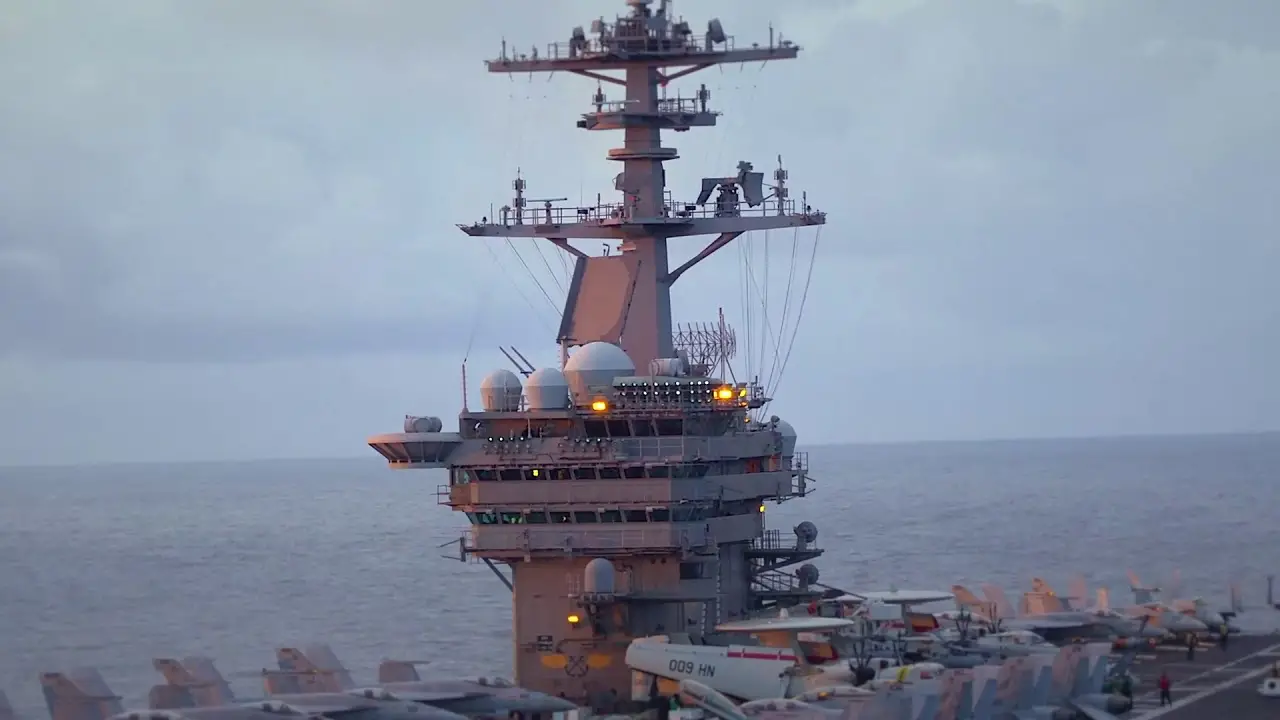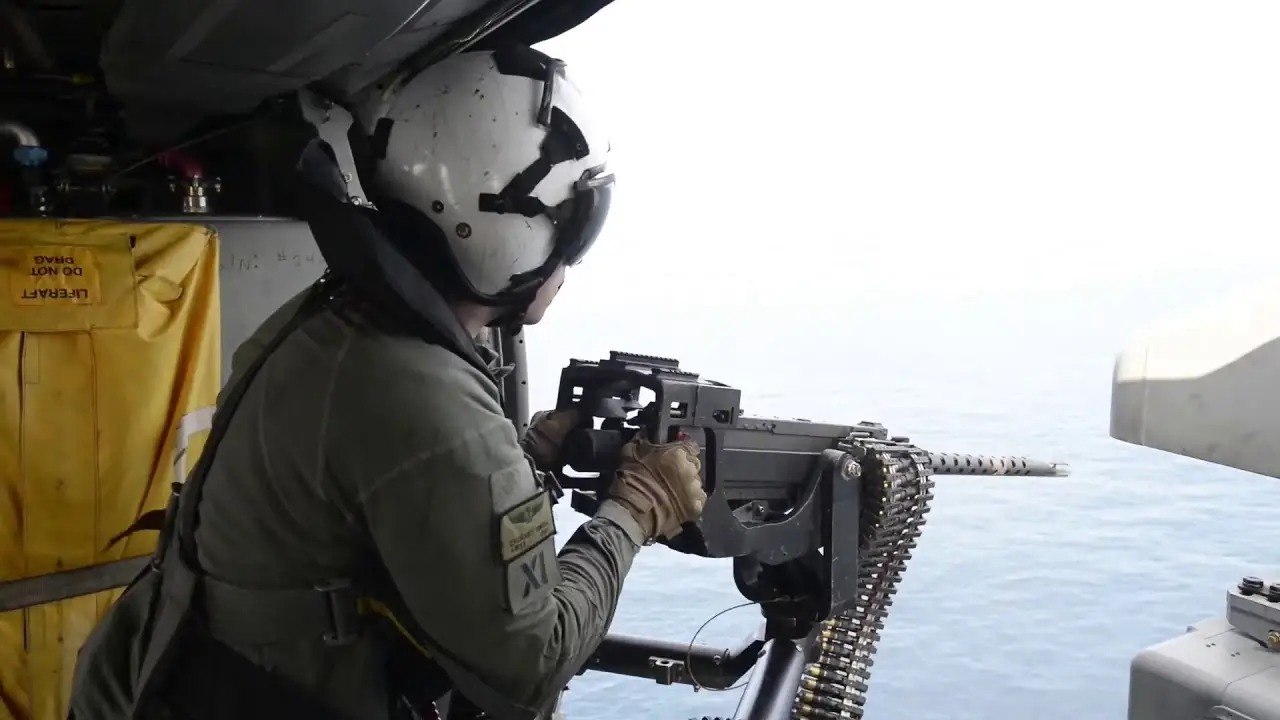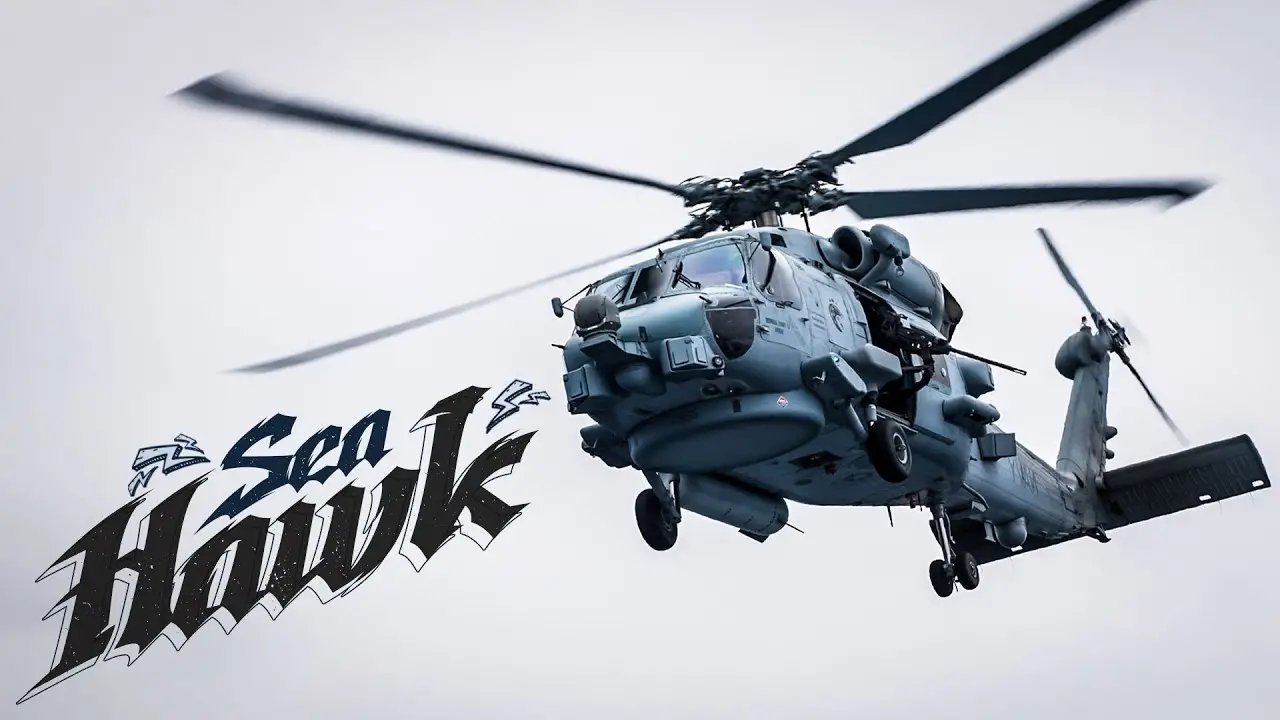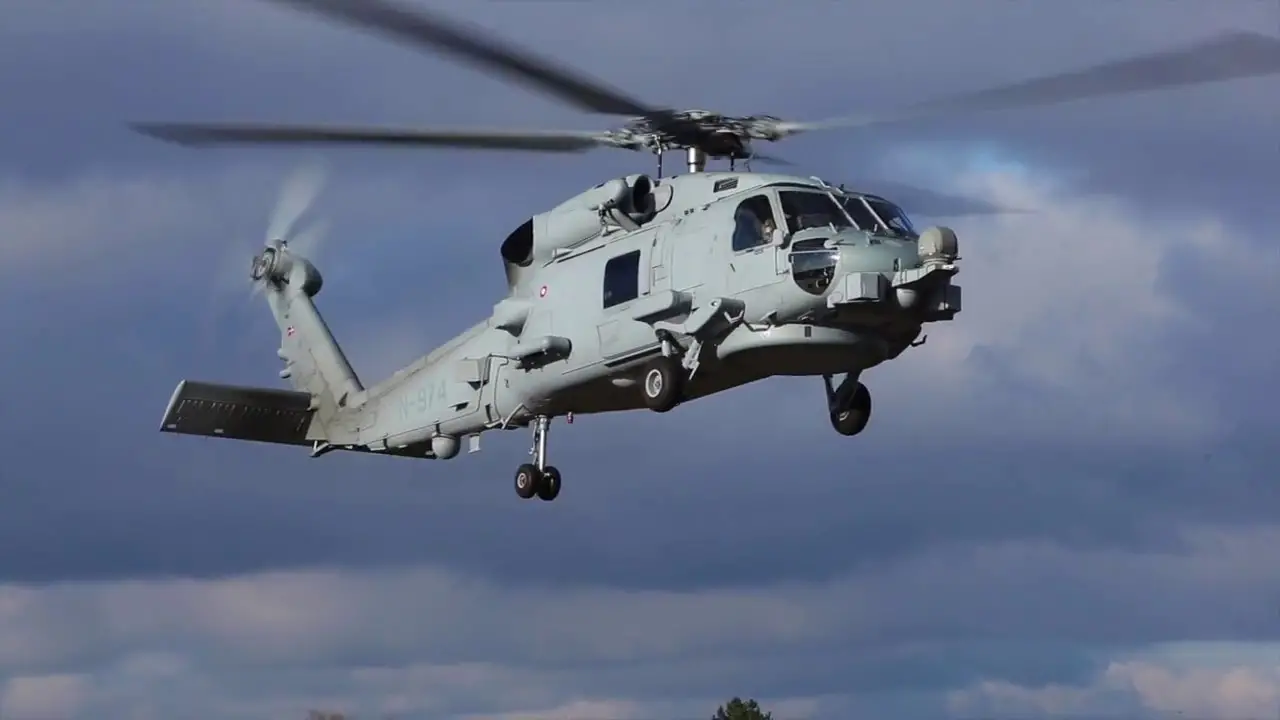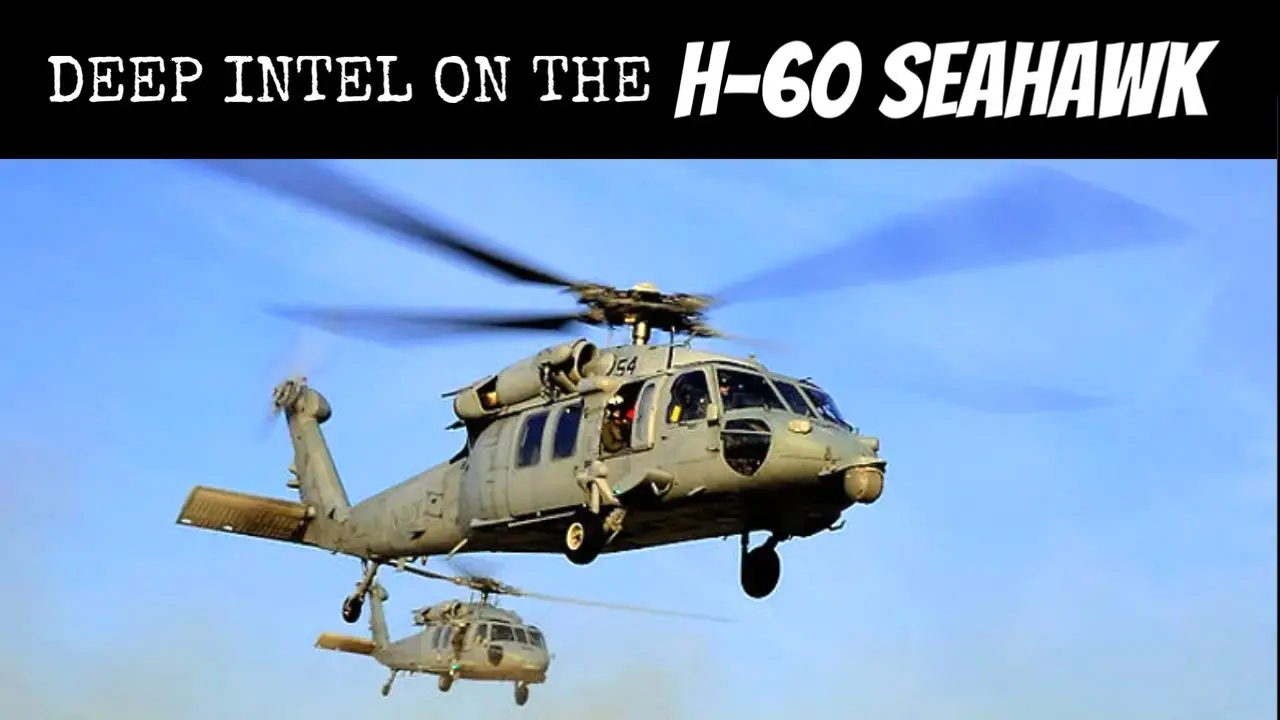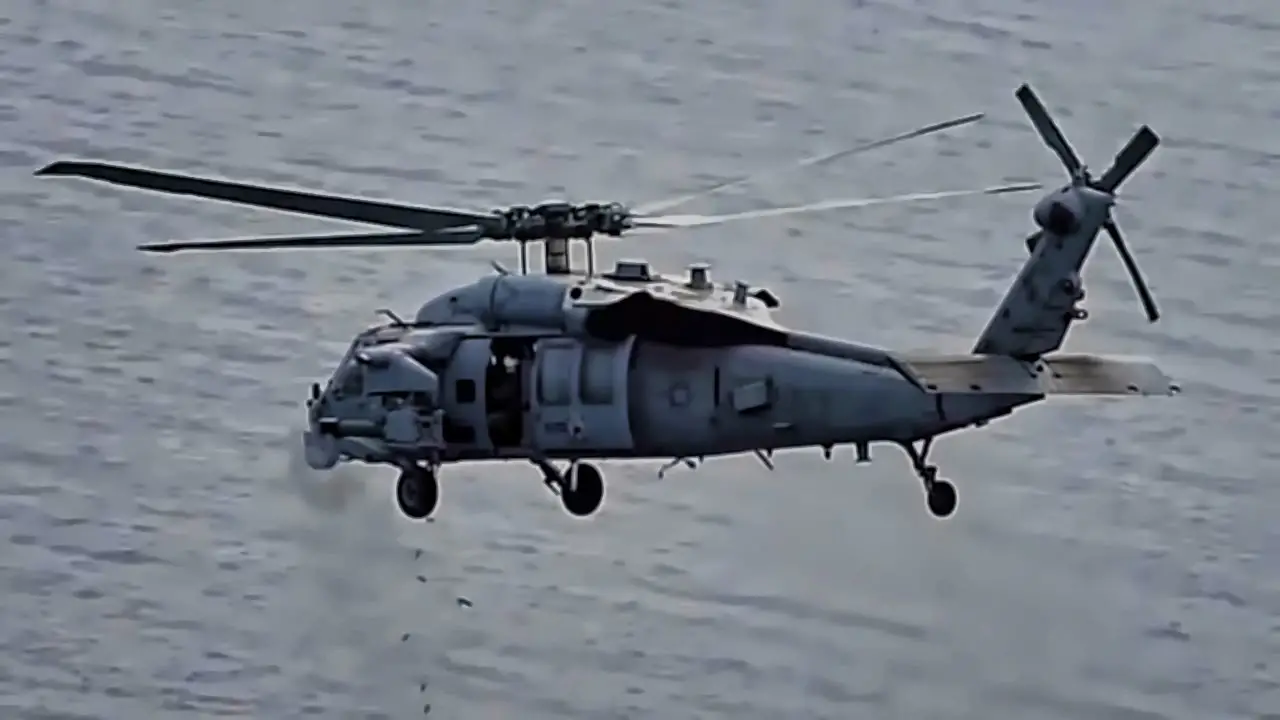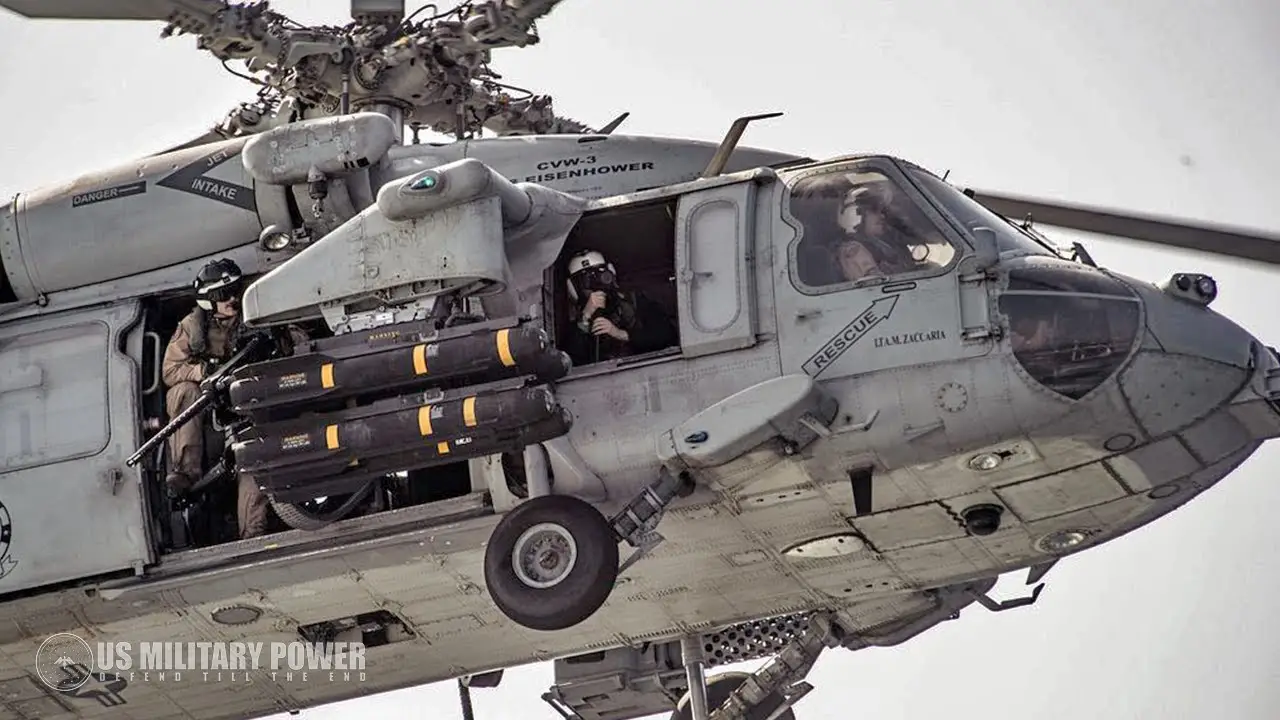Introduction to the SH-60 Seahawk
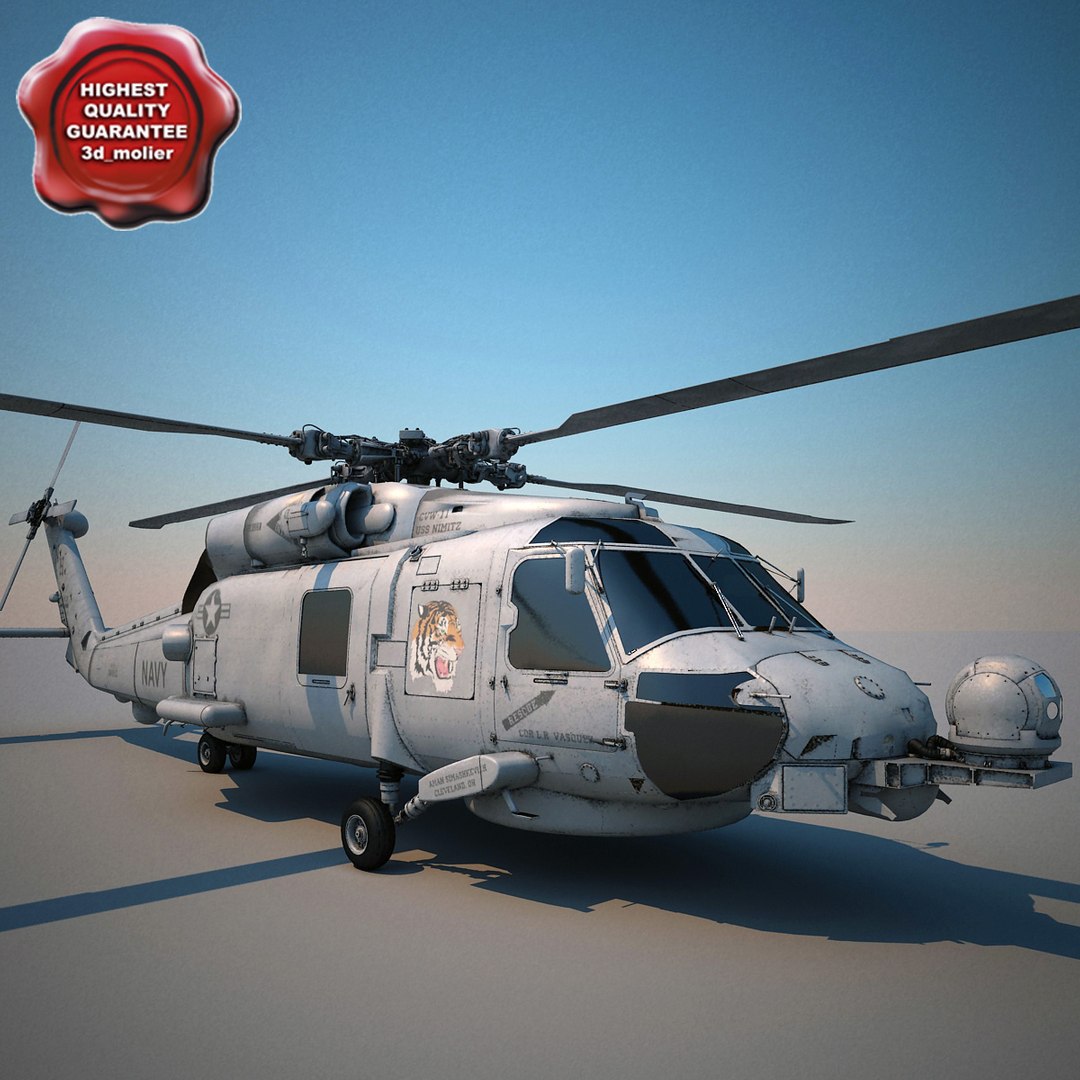
The SH-60 Seahawk is a versatile and highly capable helicopter that has been in service with the United States Navy since 1984. It was designed as a replacement for the aging SH-3 Sea King and has become one of the most widely used helicopters in the world. The SH-60 Seahawk is primarily used for anti-submarine warfare, search and rescue, and logistics support missions. Its advanced design and features make it an essential asset for naval operations, and it has been continuously upgraded to meet the evolving needs of modern warfare.
In this blog post, we will take an in-depth look at the SH-60 Seahawk, exploring its history, design, capabilities, variants, operators, notable operations, and future prospects. We will also compare it with other helicopters to understand its unique features and advantages. So let’s dive into the world of the SH-60 Seahawk and discover why it is considered one of the best helicopters in the world.
History of the SH-60 Seahawk
The development of the SH-60 Seahawk began in the late 1970s when the US Navy issued a request for proposals for a new anti-submarine warfare helicopter. The primary goal was to replace the aging SH-3 Sea King, which had been in service since the 1960s. Several companies submitted their designs, including Sikorsky, Bell, and Boeing Vertol. In 1978, Sikorsky’s S-70B design was selected as the winner, and the SH-60 Seahawk program officially began.
The first prototype of the SH-60 flew in 1979, and after extensive testing and evaluation, the US Navy placed an initial order for 16 production models in 1981. The first operational squadron of SH-60s, HSL-41, was established in 1984, and the helicopter was officially named Seahawk. Over the years, the SH-60 has undergone several upgrades and variants to meet the changing needs of the US Navy.
Design and Features of the SH-60 Seahawk
The SH-60 Seahawk is a twin-engine, medium-lift helicopter with a four-bladed main rotor and a tail rotor. It has a length of 64 feet, a height of 17 feet, and a maximum takeoff weight of 23,500 pounds. The helicopter can carry a crew of three and up to six passengers or a combination of passengers and cargo. Its advanced design and features make it highly versatile and suitable for various missions.
Airframe and Materials
The airframe of the SH-60 Seahawk is made of lightweight aluminum alloy, making it strong and durable while keeping its weight to a minimum. The helicopter also has a corrosion-resistant coating, allowing it to operate in harsh maritime environments without significant maintenance issues. The main rotor blades are made of composite materials, which provide better performance and reduce maintenance costs.
Avionics and Sensors
The SH-60 Seahawk is equipped with advanced avionics and sensors that enable it to perform its missions effectively. It has a fully integrated glass cockpit with multi-function displays, providing the crew with essential flight information and mission data. The helicopter also has a digital autopilot system, which allows for precise and stable flight control.
One of the most critical features of the SH-60 Seahawk is its sensor suite, which includes a radar, sonar, and electronic warfare systems. The AN/APS-147 multimode radar provides long-range detection and tracking of surface targets, while the AN/AQS-13F dipping sonar is used for submarine detection and classification. The helicopter also has an electronic support measures (ESM) system that detects and identifies enemy radar signals, allowing for effective countermeasures.
Weapons and Defensive Systems
The SH-60 Seahawk is equipped with a range of weapons and defensive systems, making it a formidable platform for combat missions. It has two hardpoints on each side of the fuselage, capable of carrying a variety of weapons, including torpedoes, missiles, and depth charges. The helicopter can also be armed with a 7.62mm machine gun or a .50 caliber machine gun for self-defense.
To protect itself from enemy fire, the SH-60 Seahawk has a suite of defensive systems, including chaff and flare dispensers, infrared jammers, and radar warning receivers. These systems provide the helicopter with a high level of survivability in hostile environments.
Capabilities and Missions of the SH-60 Seahawk
The SH-60 Seahawk is a highly versatile helicopter that can perform a wide range of missions, making it an essential asset for naval operations. Its primary role is anti-submarine warfare (ASW), where it uses its sensors and weapons to detect and neutralize enemy submarines. The helicopter can also perform search and rescue (SAR) missions, using its advanced sensors to locate and rescue survivors in distress at sea.
In addition to ASW and SAR, the SH-60 Seahawk is also used for logistics support, such as delivering supplies and personnel to ships at sea. It can also perform surface surveillance and targeting missions, providing valuable intelligence to naval commanders. The helicopter’s versatility makes it an indispensable tool for naval operations, and it has been used extensively in various conflicts and peacekeeping missions around the world.
Variants of the SH-60 Seahawk
Over the years, the SH-60 Seahawk has undergone several upgrades and variants to meet the changing needs of the US Navy. The most significant upgrade was the introduction of the MH-60R and MH-60S models, which replaced the older SH-60B and SH-60F variants. The MH-60R is the primary ASW variant, while the MH-60S is used for logistics support and other missions.
The US Navy also operates a special operations variant of the SH-60 Seahawk, known as the MH-60S Knight Hawk. It is equipped with additional sensors and weapons, making it suitable for special operations missions such as combat search and rescue (CSAR) and direct action (DA). The MH-60S Knight Hawk has been extensively used in the War on Terror and other conflicts around the world.
Operators of the SH-60 Seahawk
The SH-60 Seahawk is primarily operated by the United States Navy, with over 500 helicopters currently in service. It is also used by the US Coast Guard, which operates a modified version of the SH-60 for search and rescue missions. Several other countries have also acquired the SH-60 Seahawk, including Australia, Denmark, Japan, and Spain. These countries have their own variants and upgrades, tailored to their specific needs.
Notable Operations Involving the SH-60 Seahawk
The SH-60 Seahawk has been involved in numerous notable operations throughout its service history. One of the most significant was during Operation Desert Storm in 1991, where SH-60s were used for mine countermeasures and search and rescue missions. The helicopter also played a crucial role in Operation Enduring Freedom and Operation Iraqi Freedom, providing support for ground troops and conducting CSAR missions.
In addition to combat operations, the SH-60 Seahawk has also been used for humanitarian assistance and disaster relief missions. It played a vital role in the aftermath of Hurricane Katrina in 2005, providing critical support to affected areas. The helicopter has also been deployed for peacekeeping missions, such as in Somalia and Haiti, showcasing its versatility and importance in various operations.
Future of the SH-60 Seahawk
The SH-60 Seahawk has been continuously upgraded and improved to meet the evolving needs of modern warfare. The latest variant, the MH-60R, is equipped with advanced sensors and weapons, making it one of the most capable ASW helicopters in the world. The US Navy plans to keep the SH-60 Seahawk in service until at least 2035, and there are ongoing efforts to further upgrade and modernize the helicopter.
In the future, the SH-60 Seahawk is expected to play a crucial role in naval operations, especially with the increasing focus on anti-submarine warfare. Its versatility and capabilities make it an essential asset for any navy, and it will continue to be a vital part of the US Navy’s fleet for many years to come.
the AH-64 Apache History, Features, and More
Comparison with Other Helicopters
The SH-60 Seahawk is often compared with other helicopters, such as the UH-60 Black Hawk and the CH-53 Sea Stallion. While these helicopters share some similarities, they also have significant differences that make the SH-60 Seahawk stand out.
Compared to the UH-60 Black Hawk, the SH-60 Seahawk has a larger airframe and more powerful engines, allowing it to carry heavier payloads and operate in harsher environments. It also has a more advanced sensor suite and weapons systems, making it better suited for maritime operations. On the other hand, the UH-60 Black Hawk is faster and has a longer range, making it more suitable for land-based missions.
When compared to the CH-53 Sea Stallion, the SH-60 Seahawk is smaller and lighter, making it more maneuverable and easier to operate from ships. It also has a more advanced sensor suite and weapons systems, giving it an edge in anti-submarine warfare. However, the CH-53 Sea Stallion has a higher payload capacity and can operate in more adverse weather conditions, making it better suited for heavy-lift missions.
USS John F. Kennedy (CVN-79) History, Features, and Impact on National Defense
Conclusion: The Versatile SH-60 Seahawk
The SH-60 Seahawk is a highly versatile and capable helicopter that has been an essential asset for the US Navy since its introduction in 1984. Its advanced design and features make it suitable for various missions, including anti-submarine warfare, search and rescue, and logistics support. Over the years, it has undergone several upgrades and variants, making it one of the most widely used helicopters in the world.
In this blog post, we explored the history, design, capabilities, variants, operators, notable operations, and future prospects of the SH-60 Seahawk. We also compared it with other helicopters to understand its unique features and advantages. It is clear that the SH-60 Seahawk is a vital part of naval operations and will continue to play a crucial role in the future.




